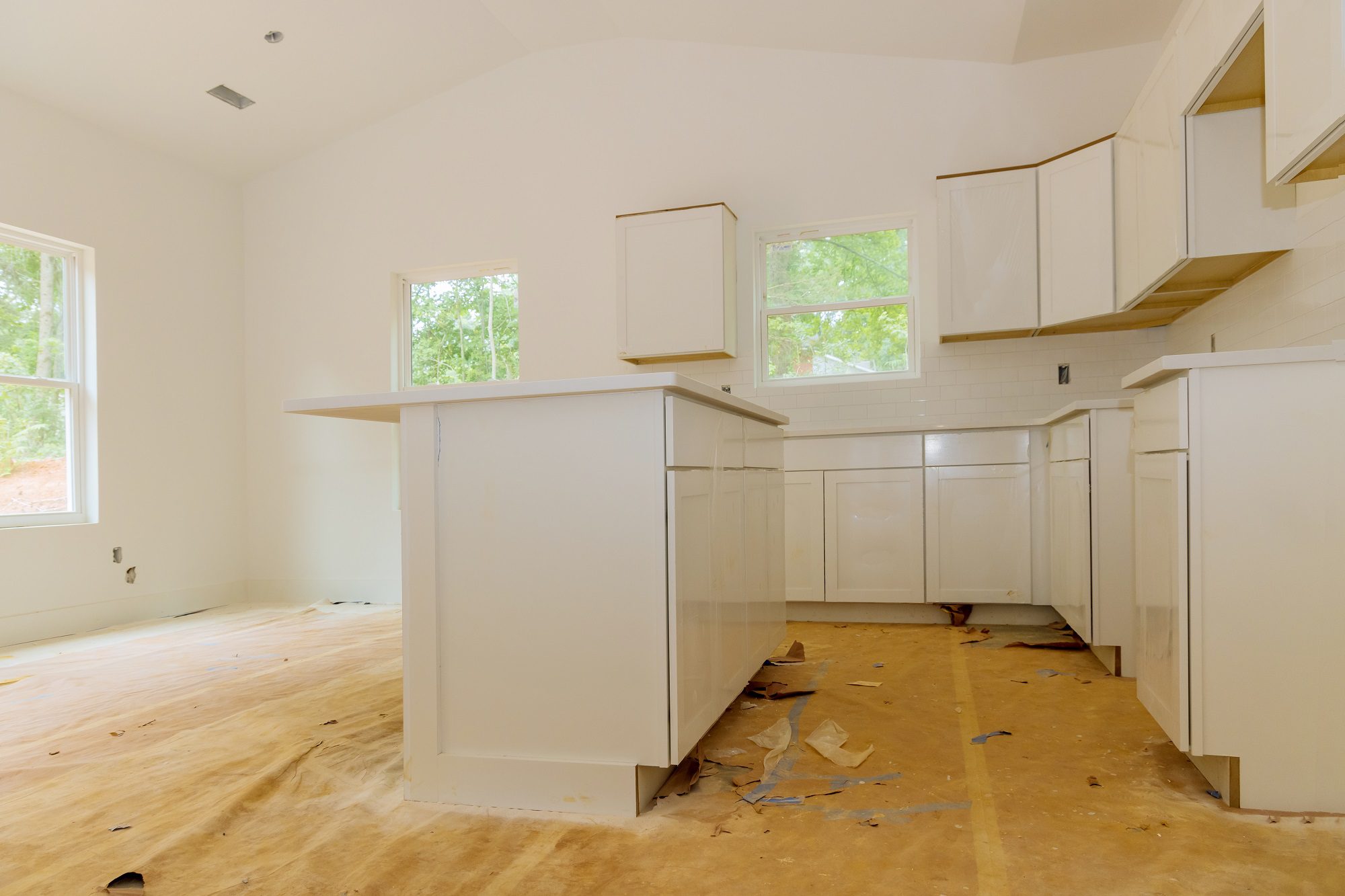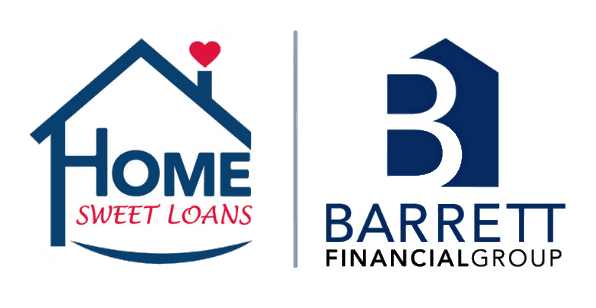Increase the value of a home and make it more modern with a renovation loan.
Renovating a home can greatly increase its value, update its style, or make it more livable. However, the cost of renovations can be a significant hurdle for many homeowners, especially if they don’t have enough cash on hand to pay for the improvements outright. Fortunately, renovation loans can help consumers cover the costs of home improvements while spreading the payments out over time. Renovation loans come in many different forms, each with its own unique set of requirements and benefits.

Why a Home Renovation Loan may be a good fit for you.
There are many different purposes for which a home improvement loan can be put. Just a few sample ways that homeowners commonly utilize them include doing so as a way to fund the following expenses:
- A new roof
- Adding or updating rooms
- HVAC systems
- Septic System
- Building a new garage
- Installing a home addition
- Funding a DIY renovation or overhaul
- Painting inside and outside
- Kitchen and bath upgrades
- Landscaping
- Pools (some programs)
- Appliance Purchase and Install
How does the process work?
We will keep this short or in outline form for purposes here as there are many programs, and they all have their nuances. We can dig in on these when we discuss your scenario, but the hope is that you see these are absolutely manageable when you partner with a capable Certified Mortgage Advisor, Licensed General Contractor, and Architect.
Steps:
- Get approved for your loan
- If adding additions to the home, work with an architect to develop plans.
- Find a Licensed General Contractor who will work up a detailed bid for all repairs and construction.
- Order Inspection or Appraisal based on the type of loan.
- Submit all required documents to your lender for approval from underwriting
- Once Conditional Approval is given, provide the remaining documents to satisfy the conditions.
- Sign loan papers! The lender funds the project and releases funds to the escrow account.
- Work must begin within 30 days. Must be completed typically within 6 months.
- Your home repairs/upgrades are completed, and the house passes inspection.
What is not included in a renovation loan:
- BBQ Pits
- Outdoor fireplaces
- Exterior hot tubs
- Saunas
- Spas
- Tennis / Basketball courts
Homeowners have multiple options available when it comes to home renovation loans. Every home or loan scenario is different. It takes a detailed analysis by your Certified Mortgage Advisor to help you find the best loan options that fit your particular scenario.
-
What type of loan scenarios offers renovation loans?
VA, Conventional, USDA, FHA
-
Can I combine a renovation project with my purchase of a property?
Yes, that loan is slightly different, but yes is the answer. Renovation loans are fast becoming more popular as builders struggle to solve the inventory crisis in housing. Building onto or simply renovating your existing home may make more sense for you and your family.
Schedule an appointment today
